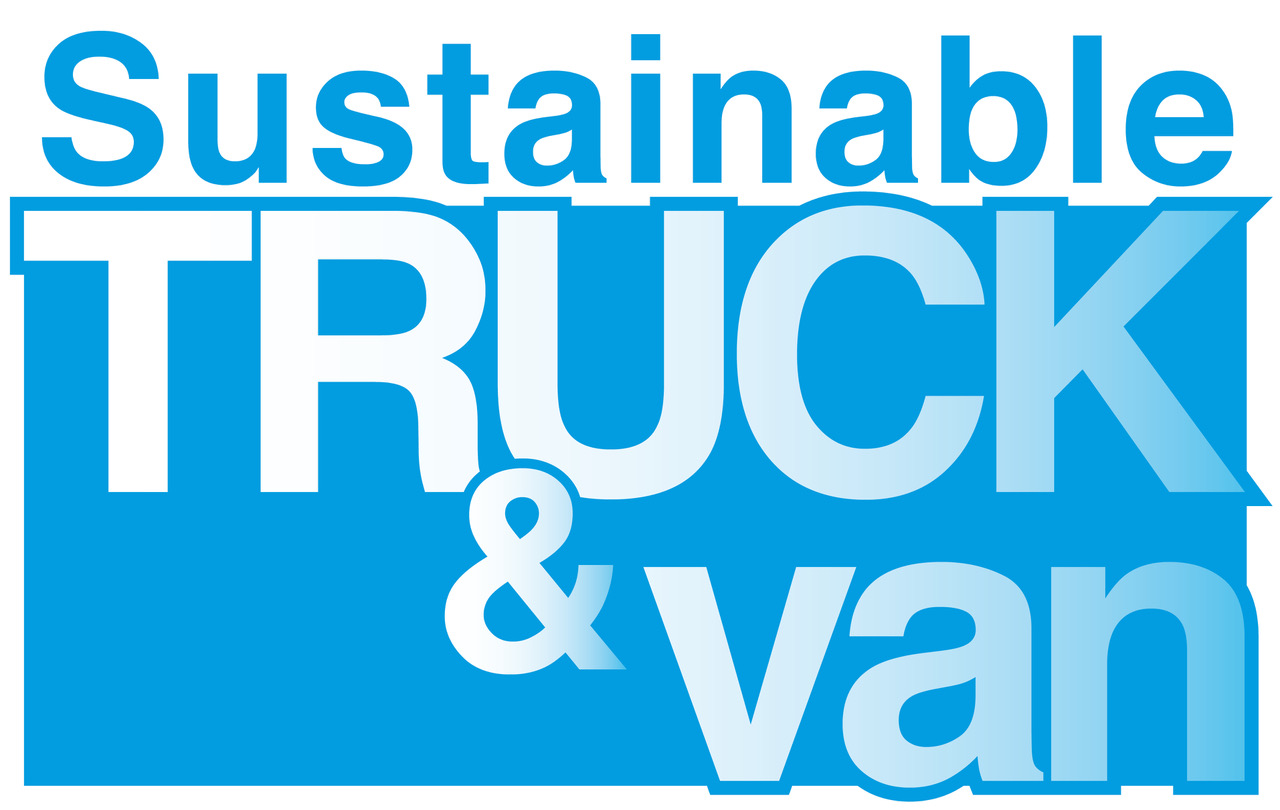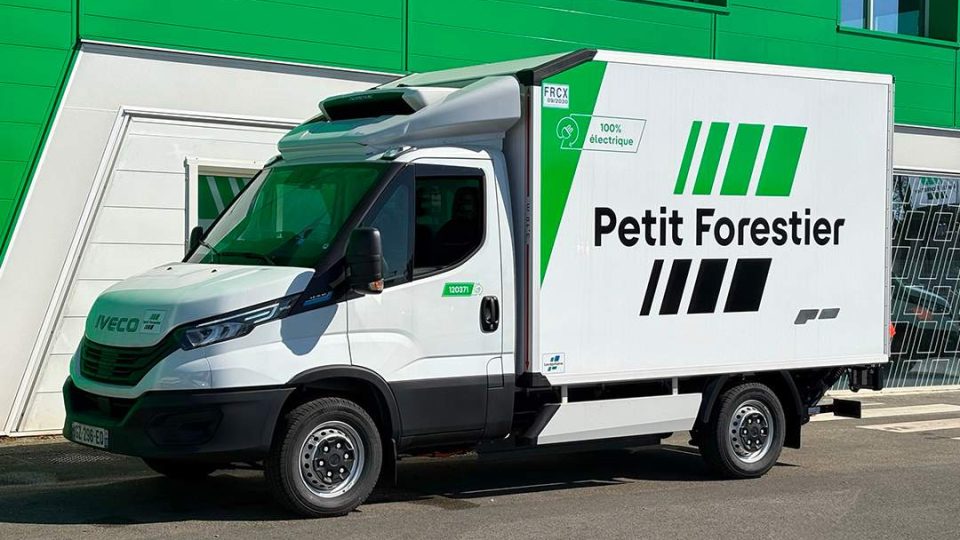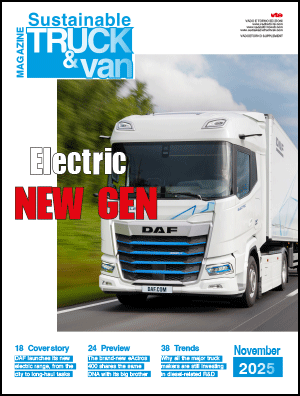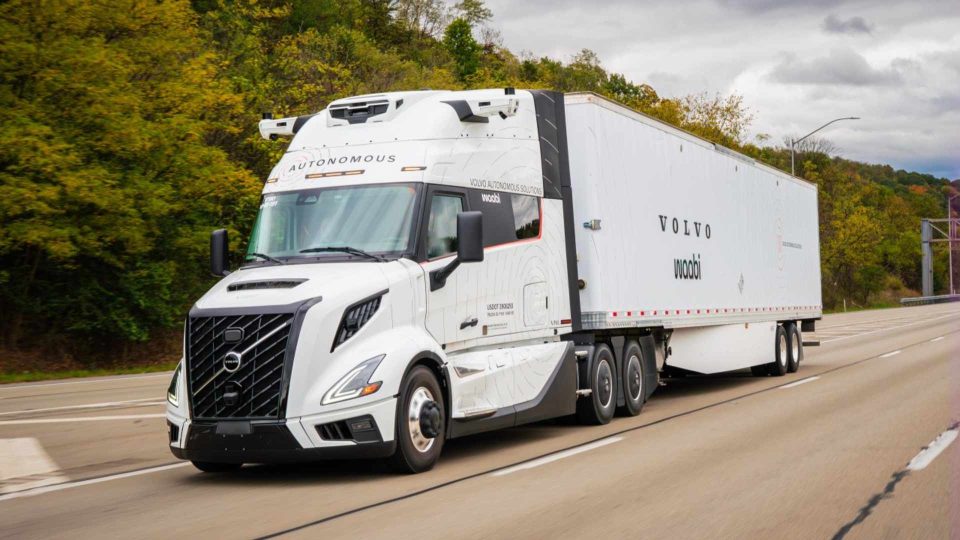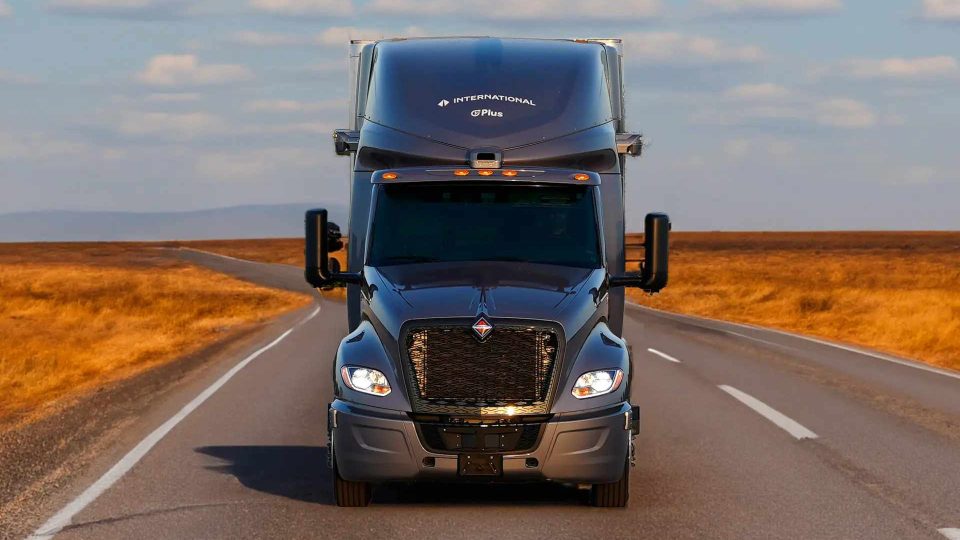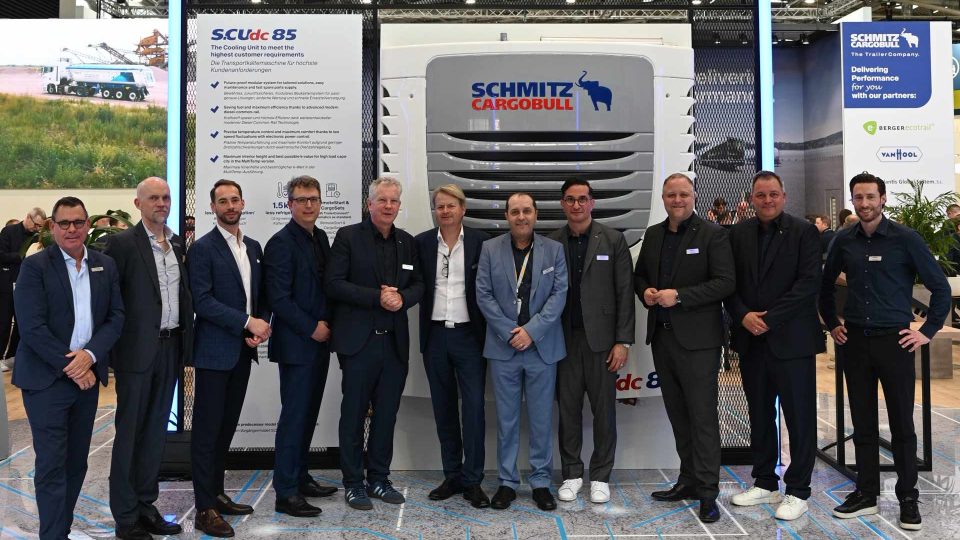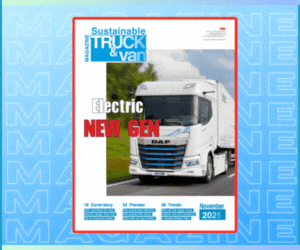Autonomous driving, Torc Robotics successfully completes validation of driverless trucks in Texas
Conducted at full operating speed of up to 65 mph (approximately 105 km/h), the product acceptance test underscores Torc's progress in autonomous driving capabilities and prepares the company to be able to scale and commercialize safe, robust autonomous trucking solutions by 2027.
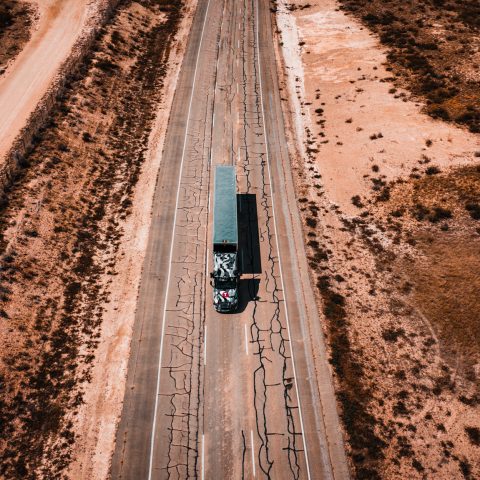
Torc Robotics, an independent subsidiary of Daimler Truck, has recently completed advanced validation of their driverless trucks in a multi-lane closed course environment in Texas, USA. Conducted at full operating speed of up to 65 mph (approximately 105 km/h), the product acceptance test underscores Torc’s progress in autonomous driving capabilities and prepares the company to be able to scale and commercialize safe, robust autonomous trucking solutions by 2027.
Torc Robotics towards driverless truck commercialization
This milestone highlights Torc’s entry into scalable product release, with their applied artificial intelligence technology, system architecture, production-intent embedded hardware, and safety engineering converging to shape a product that prioritizes true software best practices and safer roadways for all.

Achieving the ability to run a truck without a safety driver in the cab is a significant milestone in the commercialization of autonomous driving. “The autonomous-ready Freightliner Cascadia with redundant safety features is an industry-first and lays the foundation for autonomous driving. Achieving driver-out capability on closed course is an outstanding achievement of the Torc and Daimler Truck teams. It demonstrates the progress and integrated development toward making autonomous trucking at scale a reality”, commented Joanna Buttler, Head of Autonomous Technology Group at Daimler Truck.
